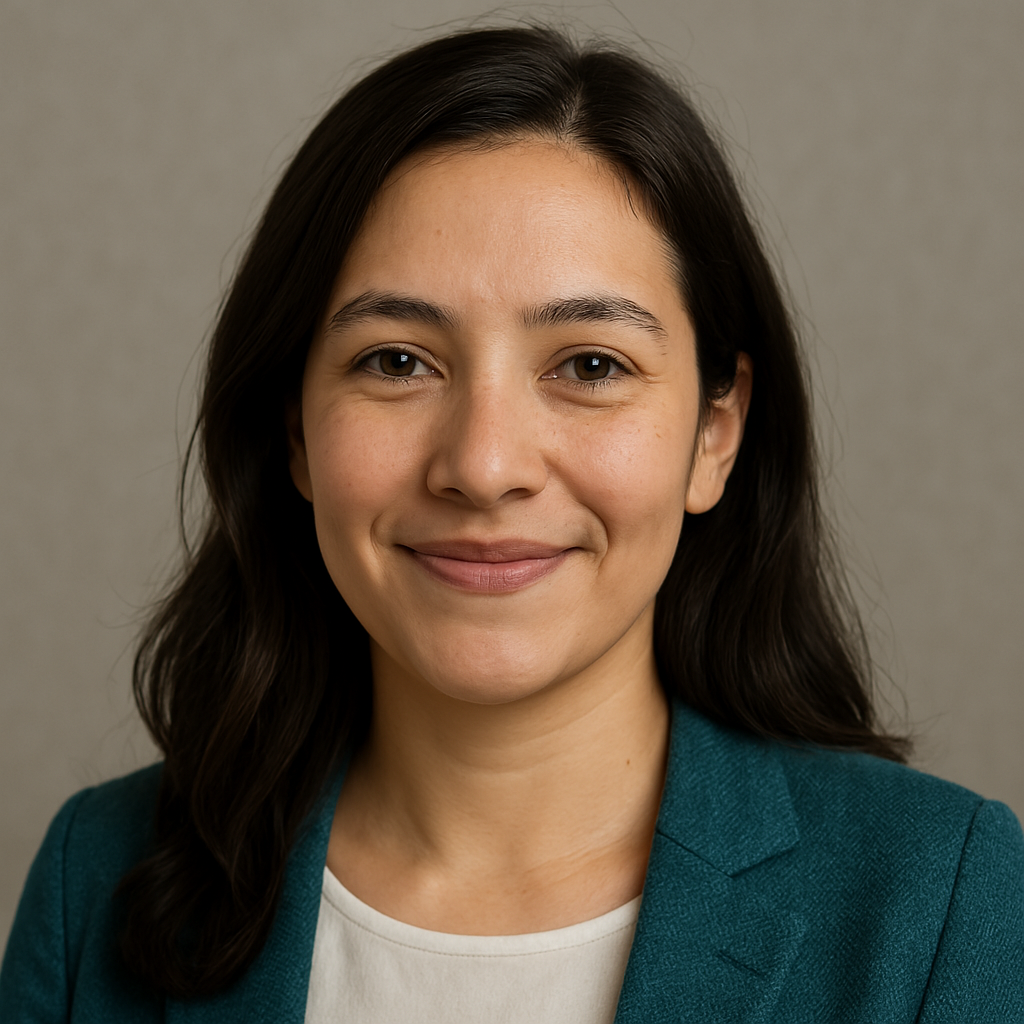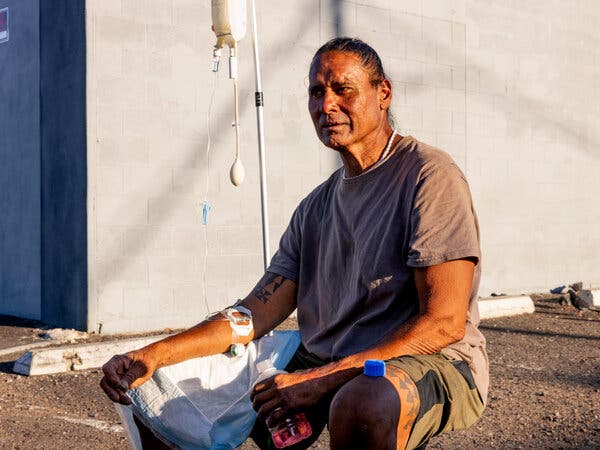Before dawn, a medical team of three arrived at a Phoenix soup kitchen’s parking lot where the temperature was already nearing 90 degrees, destined to climb to 111 by midday.
Starting their rounds at 5 a.m. to avoid the hazardous afternoon heat, the team’s leader, family nurse practitioner Perla Puebla, quickly identified signs of dehydration in Hawaii Kalawaia and Zephyr Harrell from their dry lips and skin — a common and dangerous condition for those living without shelter in Phoenix’s relentless summers.
Sixty-one-year-old Kalawaia shared that he had fainted a few weeks earlier. Puebla recalled a severe case last year when 55-year-old Harrell became so dehydrated his kidneys began to fail. To combat this, the team offered intravenous fluids — part of the free medical services provided by the nonprofit Circle the City, which operates these street medicine initiatives.
Kalawaia, who relocated from Pearl Harbor to Phoenix to teach Hawaiian language and dance, has experienced homelessness intermittently for over ten years. As he sipped an electrolyte solution with an IV drip, he admitted he had grown so accustomed to the heat that he hadn’t recognized his dehydration, though he frequently felt on the verge of passing out.
Phoenix, known as the hottest city in the United States during summer months, exemplifies the escalating threat of persistent and extreme heat conditions affecting communities nationwide.


0 Comments
No comments yet. Be the first to comment!